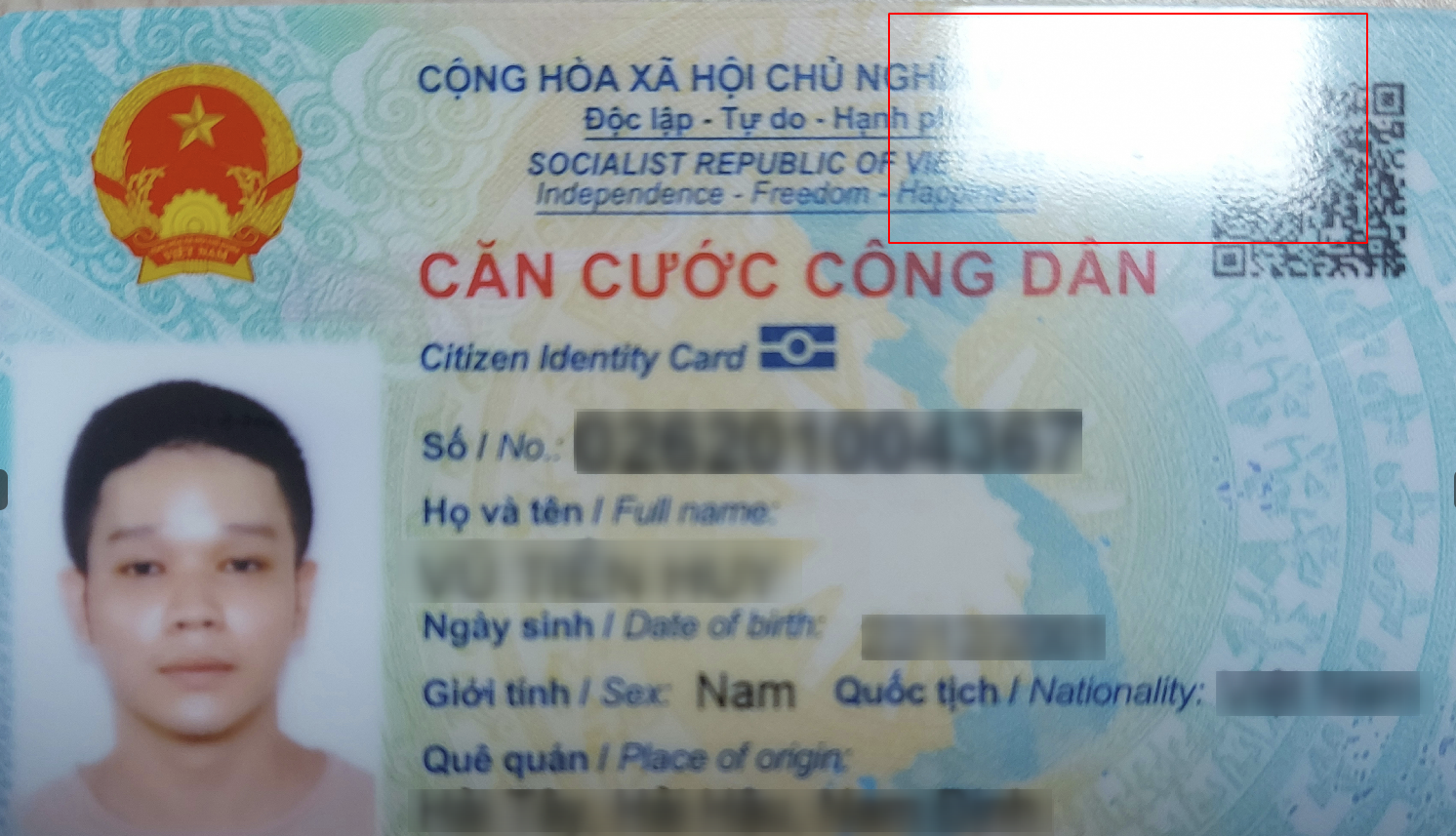(Pronounced as "strog")
Scene Text Recognition (STR) requires data augmentation functions that are different from object recognition. STRAug is data augmentation designed for STR. It offers 36 data augmentation functions that are sorted into 8 groups. Each function supports 3 levels or magnitudes of severity or intensity.
Given a source image:
it can be transformed as follows:
warp.py- to generateCurve,Distort,Stretch(or Elastic) deformations
Curve |
Distort |
Stretch |
|---|---|---|
 |
 |
 |
geometry.py- to generatePerspective,Rotation,Shrinkdeformations
Perspective |
Rotation |
Shrink |
|---|---|---|
 |
 |
 |
pattern.py- to create different grids:Grid,VGrid,HGrid,RectGrid,EllipseGrid
Grid |
VGrid |
HGrid |
RectGrid |
EllipseGrid |
|---|---|---|---|---|
 |
 |
 |
 |
 |
blur.py- to generate synthetic blur:GaussianBlur,DefocusBlur,MotionBlur,GlassBlur,ZoomBlur
GaussianBlur |
DefocusBlur |
MotionBlur |
GlassBlur |
ZoomBlur |
|---|---|---|---|---|
 |
 |
 |
 |
 |
noise.py- to add noise:GaussianNoise,ShotNoise,ImpulseNoise,SpeckleNoise
GaussianNoise |
ShotNoise |
ImpulseNoise |
SpeckleNoise |
|---|---|---|---|
 |
 |
 |
 |
weather.py- to simulate certain weather conditions:Fog,Snow,Frost,Rain,Shadow
Fog |
Snow |
Frost |
Rain |
Shadow |
|---|---|---|---|---|
 |
 |
 |
 |
 |
camera.py- to simulate camera sensor tuning and image compression/resizing:Contrast,Brightness,JpegCompression,Pixelate
Contrast |
Brightness |
JpegCompression |
Pixelate |
|---|---|---|---|
 |
 |
 |
process.py- all other image processing issues:Posterize,Solarize,Invert,Equalize,AutoContrast,Sharpness,Color
Posterize |
Solarize |
Invert |
Equalize |
|---|---|---|---|
 |
 |
 |
 |
AutoContrast |
Sharpness |
Color |
|---|---|---|
 |
 |
 |
pip3 install straug
Command line (e.g. input image is nokia.png):
>>> from straug.warp import Curve
>>> from PIL import Image
>>> img = Image.open("nokia.png")
>>> img = Curve()(img, mag=3)
>>> img.save("curved_nokia.png")
Python script (see test.py):
python3 test.py --image=<target image>
For example:
python3 test.py --image=images/telekom.png
The corrupted images are in results directory.
If you want to randomly apply only the desired augmentation types among multiple augmentations, see test_random_aug.py
- Image corruptions (eg blur, noise, camera effects, fog, frost, etc) are based on the work of Hendrycks et al.
If you find this work useful, please cite:
@inproceedings{atienza2021data,
title={Data Augmentation for Scene Text Recognition},
author={Atienza, Rowel},
booktitle={Proceedings of the IEEE/CVF International Conference on Computer Vision},
pages={1561--1570},
year={2021}
}



